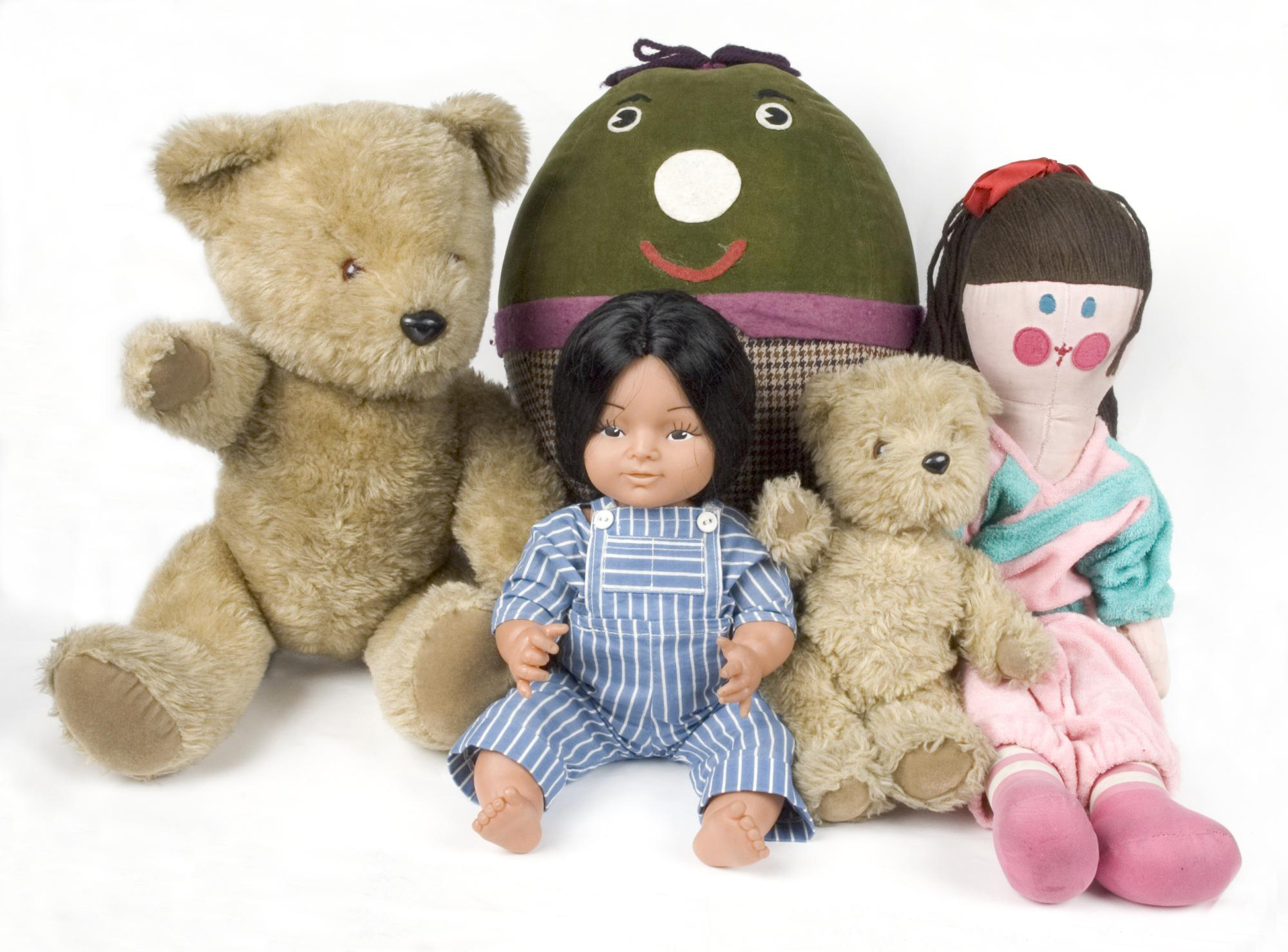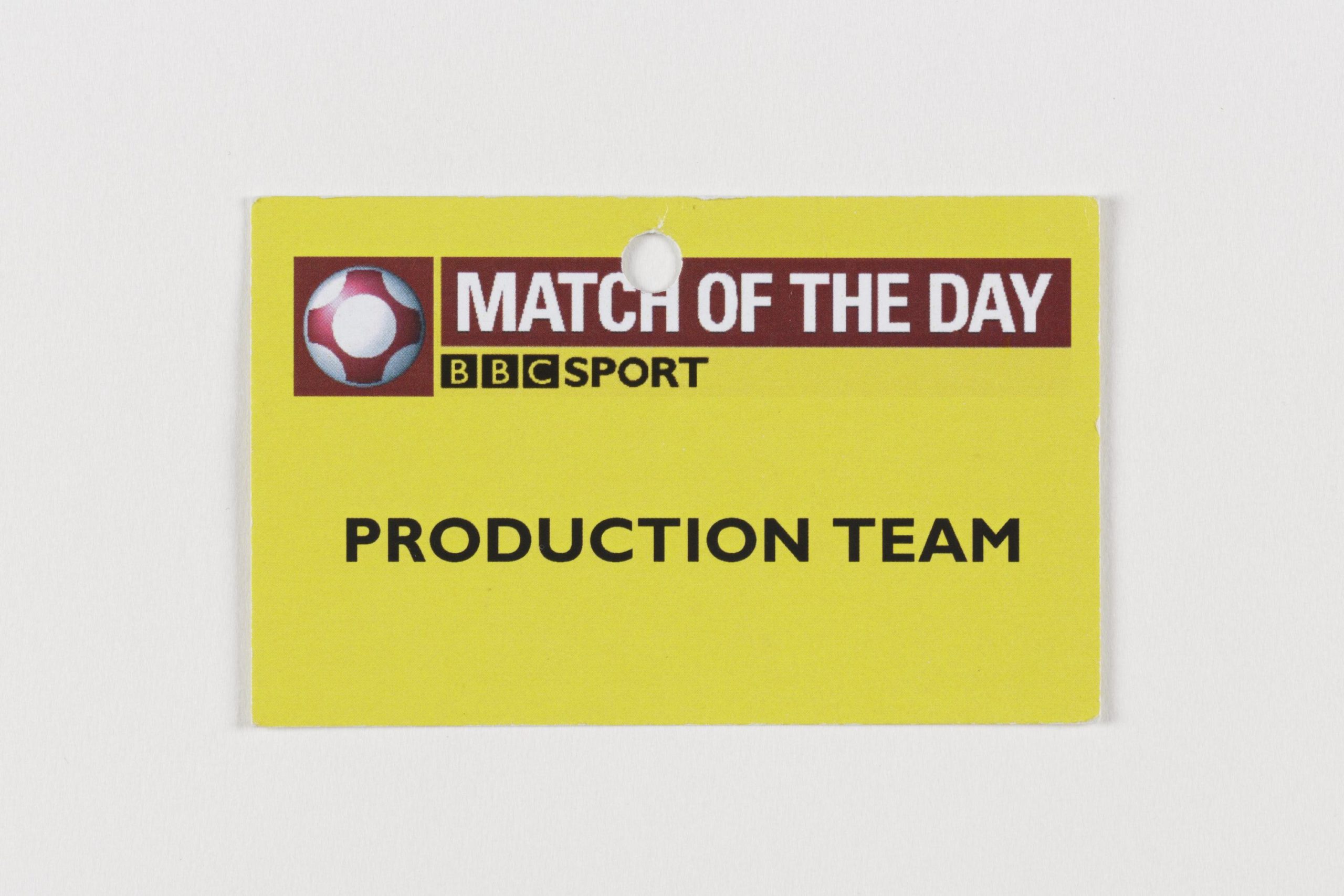One thing that most people in the UK can probably agree on is that they have watched more television over the last year. According to a report from Ofcom, in April 2020 the average amount of time per day spent watching audiovisual content increased to an estimated 6 hours 25 minutes. And even as lockdown was eased in the summer, by the end of June it was still 11% higher than it had been the previous year.
Normal People, It’s a Sin, The Crown… the list goes on. Chances are you, or someone you know, has watched one of them. Not to mention the seemingly endless viewing possibilities that come with on-demand services like BBC iPlayer, All 4, ITV Hub, Netflix and Amazon Prime.
It might seem strange, therefore, to imagine a time when there was a choice of only two channels. This was the case in 1964, with only BBC1 and ITV available. This choice of two became a choice of three with the birth of BBC2, now BBC Two. A third channel had become possible thanks to technological advances and an independent committee into the future of British broadcasting which recommended that the BBC, not ITV, should be entrusted with it.
With this second channel, the BBC hoped to offer planned alternatives to the British public: programmes which would complement, not compete, with those already shown on BBC1. BBC2 was a UK first as it used a higher resolution television standard of 625 lines, later adopted by ITV and BBC1.
20 April 1964: launch night. The planned opening night schedule included comedy sketch show The Alberts’ Channel Too, a production of the play Kiss Me Kate, comedian Arkady Raikin, fireworks from Southend, and Newsroom.
Unfortunately, outside events meant the carefully planned evening of entertainment was a disaster. A fire at Battersea Power Station caused a widespread power failure across London—including in Television Centre in West London, where BBC2 was based.
The news department, based in Alexandra Palace, was not affected by the power cut and a hasty attempt was made to salvage the launch of BBC2 from Studio A. Journalist Gerald Priestland presented the news, apologising to the audience that it was “one thing at least that is scheduled, if not quite at the right time”.
Hopes of reviving the launch were abandoned later in the evening, with the aim of re-scheduling the opening for the following night. This meant that the first programme to be transmitted in full by BBC2 was Play School, a show for children involving toy puppets. These toys make up part of the collection in the museum today.

BBC2 was successfully launched on the evening of 21 April 1964. Announcer Denis Tuohy blew out a candle on air, symbolising the end of the power cut. Many cult classics would go on to be broadcast on the channel, including Fawlty Towers, Life on Earth, Delia Smith’s Cookery Course, Never Mind the Buzzcocks, Top Gear and The Great British Bake Off.
Although now shown on BBC1, Match of the Day was initially broadcast on BBC2. The first show aired on 22 August 1964 and showed highlights of an Arsenal vs Liverpool match, which the latter won 3-2. Today it is one of the BBC’s longest-running shows. The Science Museum Group collection includes one of the original Match of the Day badges worn by the production team.

You can find out more about the history of BBC2 in this throwback blog post, written to celebrate the channel’s 50th birthday in 2014.